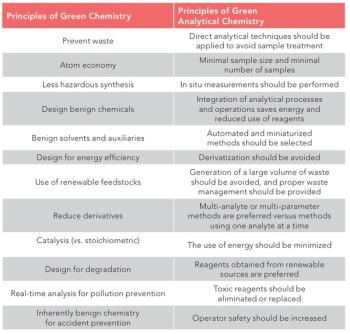
Analysing Pestiside Residues in Apple
Determining pesticide residues by GC-MS
Pesticides are commonly used within the agricultural industry as a means of killing or repelling pests to protect crops and livestock. The risk of pesticide toxicity in the foods we consume remains an area of concern. A number of studies indicate a link between the exposure to pesticides and acute health problems including cancer; respiratory, neurological and dermatological issues; and the risk of miscarriages and birth defects. The risks that pesticides pose to human health have prompted many international and national organizations to establish maximum residue limits (MRLs) for pesticides, which need to be monitored and enforced. The QuEChERS (Quick, Easy, Cheap, Effective, Rugged and Safe) method for pesticide analysis was first introduced by United States Department of Agriculture scientists in 2003, to address this need. This technique is used for the determination of pesticide residues in fruits and vegetables. It is fast, simple and inexpensive. However, the method has since been modified to address some problematic pesticides by including a buffered extraction system.
Newsletter
Join the global community of analytical scientists who trust LCGC for insights on the latest techniques, trends, and expert solutions in chromatography.




